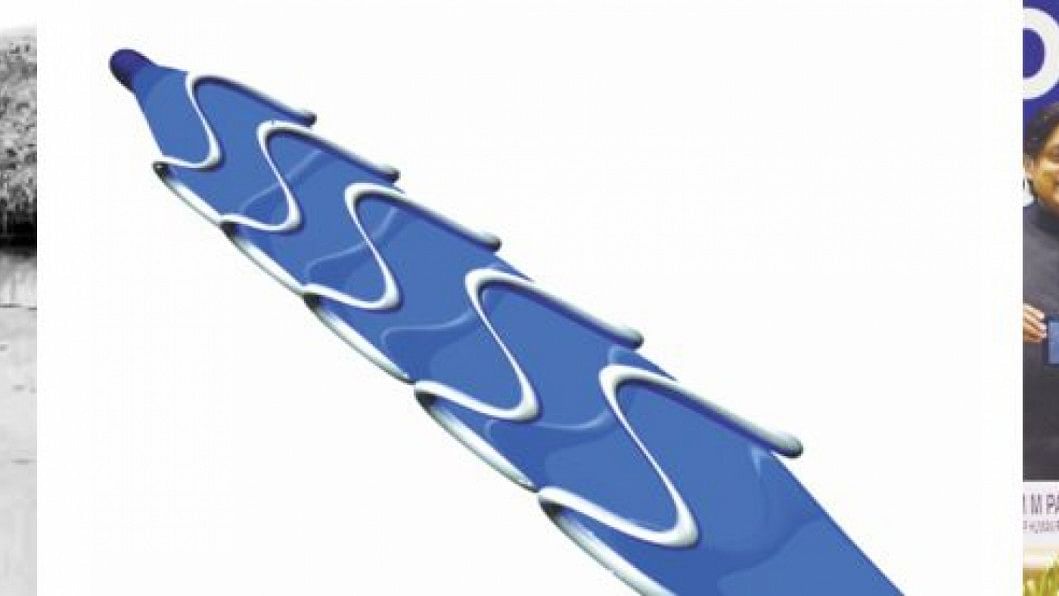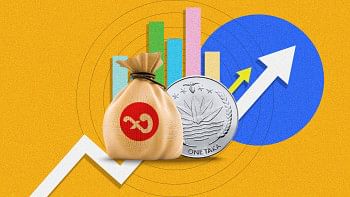Why Many Hearts Still Beat For Him

What have missiles got to do with medicine? Everything, if you are a heart patient.
The developing of the Kalam-Raju stent has meant life to thousands of cardiac patients in India who have had India's first intra-coronary stent implanted.
The foundation for the strange fusion of missile technology and medicine was laid when the defence minister's scientific adviser Dr APJ Abdul Kalam asked why the technology could not be used to benefit the medical world.
So what began as a question when Abdul Kalam was working at the Defence Research and Development Laboratory in Hyderabad took shape subsequently as an answer to cardiac health-care in India with cardiologist Dr Soma Raju joining hands with the missile scientist.
The Society for Biomedical Technology, which was established in 1993, took pioneering steps in the direction of a fully indigenous coronory stent being developed in 1998. Kalam's dream was realised, thanks to Arun Tiwari, who actually developed the stent. Tiwari who had worked with Kalam for a decade in the Defence Research and Development Laboratory decided to devote full time to the Society for Biomedical Technology which he had founded to realise Kalam's dream.
Explaining how the Kalam-Raju stent was developed, Tiwari said defence scientists had first developed a variety of stainless steel. The material, originally developed to prevent corrosion of naval ships, was refined and adapted to ensure that while maximum flow of blood would be permitted the stent would not be too weak either.
The development of the Kalam-Raju stent had provided the competition that made international companies promptly drop the prices of their stents.
Kalam-Raju Tablet
While the Kalam-Raju stent created waves for its affordability, the Kalam-Raju tablet is aimed at arming healthcare workers at the primary level like doctors, and first responders to an emergency with a 'rugged' tablet capable of performing a host of medical processes.
It helps physicians and certified nurse practitioners in rural areas access patient information, diagnostic tools and new treatment procedures. First-time responders to an emergency can use the tablet to retrieve patients' medical history. The device is valuable with unconscious and incoherent patients who can't provide reliable information about their prescriptions and allergies.
Source: The Hindu, The New Indian Express, rediff.com

 For all latest news, follow The Daily Star's Google News channel.
For all latest news, follow The Daily Star's Google News channel. 



Comments